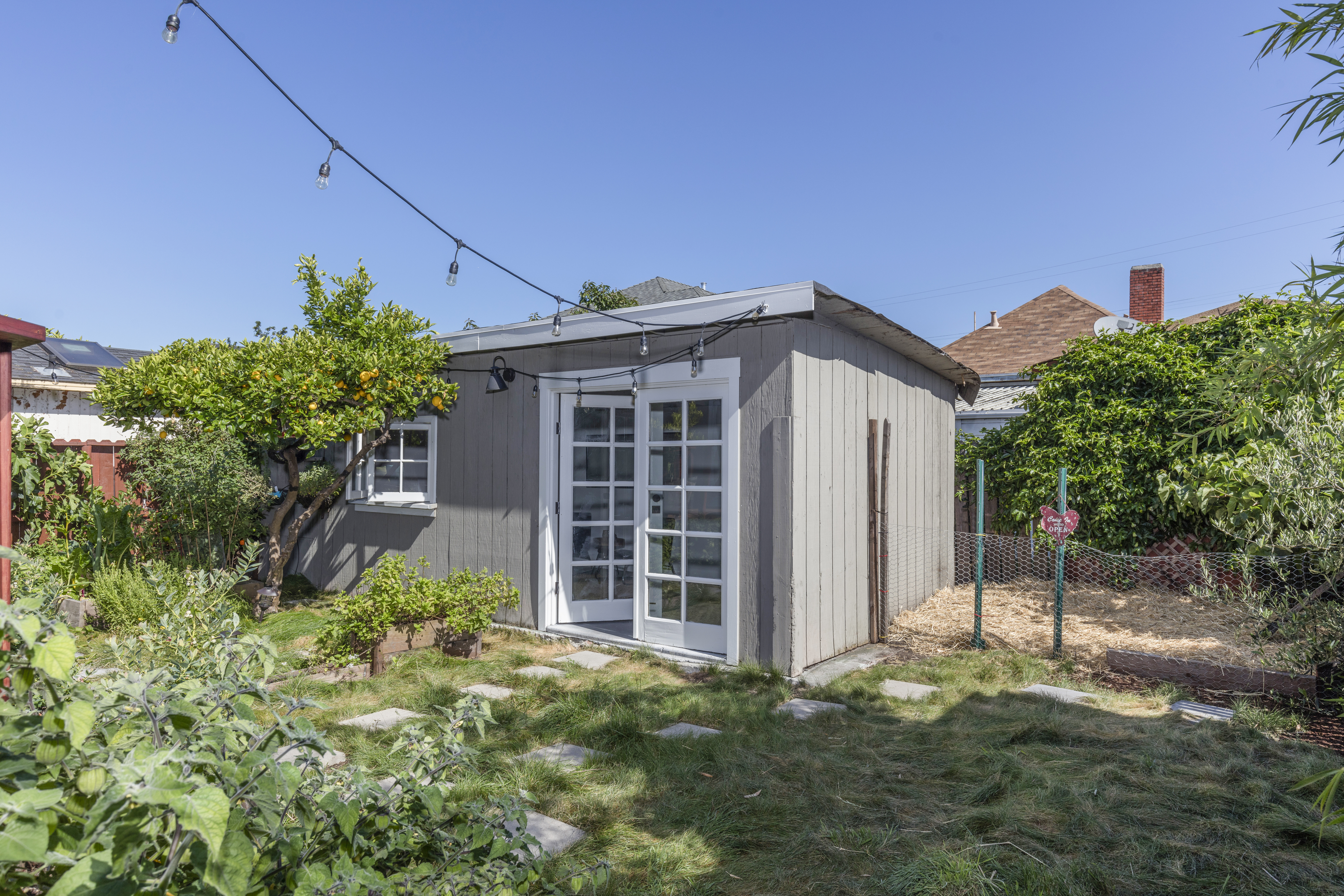 California’s dire housing crisis continues to rouse state lawmakers to legislative action, as I have noted previously in this blog. Literally hundreds of proposed statutory approaches to addressing this chronic situation have been introduced and are being debated in Sacramento, ranging from increased tenant protections to “upzoning” to streamlining the housing development approval process. A number of new laws focus on encouraging new high-density residential development.
California’s dire housing crisis continues to rouse state lawmakers to legislative action, as I have noted previously in this blog. Literally hundreds of proposed statutory approaches to addressing this chronic situation have been introduced and are being debated in Sacramento, ranging from increased tenant protections to “upzoning” to streamlining the housing development approval process. A number of new laws focus on encouraging new high-density residential development.
Not everyone is pleased with this movement, however. The “NIMBY” phenomenon remains an all-too-real barrier to increased housing density in the Bay Area, which I pointed out in an article I wrote here a few years back. Opposition from local governments and residents to the perceived usurpation of local housing development density prerogatives by state law directives seems to be on the rise, coalescing around certain specific types of development issues.
For example, if you are a regular reader of this blog, you are probably aware that California law now mandates local governments to ease their restrictions on the development of accessory dwelling units (“ADUs”) in order to conform with these state requirements. For many of us, this was a salutary change for our state. Indeed, I dedicated my new ADU website to helping local property owners navigate this brave new world.
Last year, the Los Altos City Council passed an ADU ordinance in response to this state legislation. This new ordinance appears to have few fans, however. On the one side, some critics argue that the City’s new ordinance is more restrictive on ADUs than state law allows, particularly with respect to the size limits imposed on detached ADUs under the new ordinance, while on the other hand, many Los Altos residents believe that the state law has overstepped local authority over this type of development. As a longtime Los Altos resident, I know how fervent many Los Altans can get about these issues, so I am sure this debate will not likely end soon.
Similarly, several cities have attempted to circumvent the provisions of the state Density Bonus Law, which allows developers of affordable housing to build more units (“density bonus units”) than would otherwise be legally allowed on that amount of land area. Recently, the California Attorney General was asked to render an opinion on whether a local jurisdiction could condition its approval of a housing development project on the developer’s payment of a “public benefit fee” imposed on the density bonus units. Citing the law’s legislative intent, which stated that the Density Bonus Law was meant to be “interpreted liberally in favor of producing the maximum number of housing units,” the Attorney General issued an opinion stating that such “public benefit fees” could not be imposed on “density bonus units” by local governments.
As people continue to pour into California for expanding employment and business opportunities, and as our new housing supply continues to lag behind the number of new residents, we can expect to keep seeing these conflicts play out in our state and local legislative chambers. Only time will tell how this situation will get resolved.



